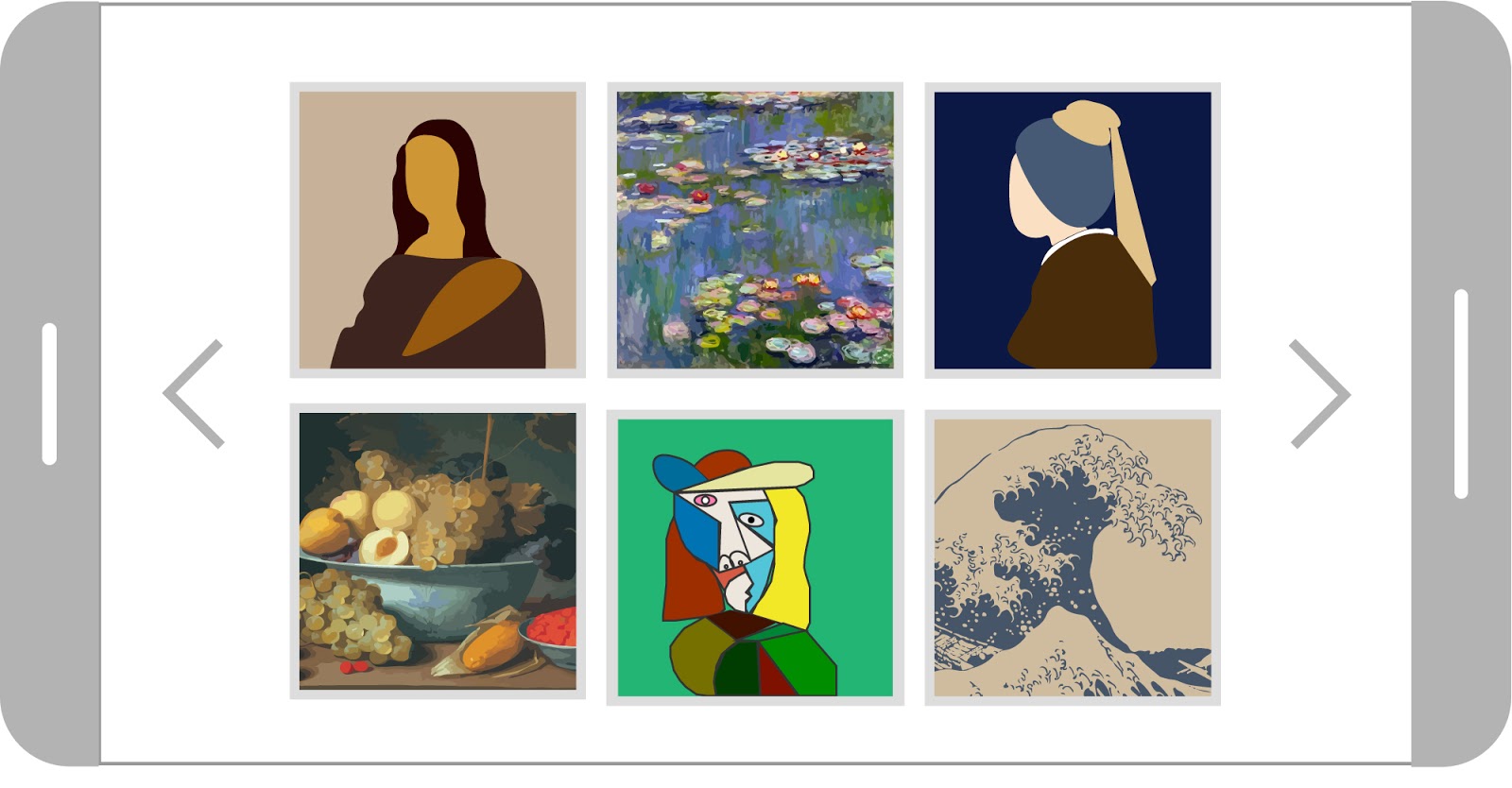22 avr. 2021A (Digital) Museum for the Rest of Us

Technology is no stranger to the gallery floor. For decades, museums have pioneered ever-changing landscapes of new and emerging technologies to creatively enhance the visitor experience. Whether through innovative information displays, educational video games, immersive environments, or even robot tour guides, museums around the world have eagerly pushed the boundaries of that elusive yet highly coveted portmanteau, edutainment — the industry’s abstruse amalgam of education and entertainment, two for the price of one. However, as museums were forced to close their doors during the early months of the COVID-19 pandemic, the digital museum suddenly became an unexpected viral sensation and the subject of unprecedented scrutiny by museum professionals and the public alike.
During those early months in 2020, I was co-teaching a course on digital museology at the University of Luxembourg with my colleagues Sytze Van Herck and Blandine Landau, wherein we grappled as a class with questions concerning the museum and its digital presence. What is a digital museum? How do we design a successful digital museum experience? And finally: Can digital museums replace the in-person visit?
![]()
Femme Accoudée (ca 1929), Joseph Kutter (1894-1941) rendered as a pixel mosaic © Christopher Morse
The digital museum visit
My research looks at the role of the digital museum visit, that is to say, the experience of the museum beyond its walls. If you have ever accessed the website of your favorite museum, it is likely that you have discovered some kind of online offering — perhaps a virtual tour, a searchable image gallery, or a collection of educational resources tailored to students. Museums around the world have been digitizing their collections for decades, and the results of this gargantuan effort have created what we might consider a kind of digital cultural renaissance. Indeed, with just a few taps on your mobile phone or other personal device, you can easily access high-resolution images, videos, and other digital representations of the world’s most famous art, artifacts, and even architecture, for free. However, despite the existence of these incredible resources, the question remains: how often do you access digital museum content in your daily life? If you are like most people, chances are your answer is not very often, if at all. Fear not, however, you are in good company.
In his research on digital museum collections, Dr. Mitchell Whitelaw, Associate Professor of Design at Australian National University, asks us to imagine visiting a museum and discovering upon arrival that it is not possible to freely browse the galleries. Instead, you must ask a gallery attendant to retrieve specific objects on your behalf while you wait in the lobby. Perhaps you might request a famous artwork that you know is on display at the museum, but how would you ever discover anything new? This scenario is certainly not typical of a museum visit, but when we access museums online this is precisely how the browsing experience plays out: Visitors encounter a search bar or a series of abstract filters (e.g. “time period”, “medium”), by which they can laboriously comb through the archives until they discover what they are looking for — but what are they looking for? What are you looking for?
We are a search engine society. We have grown accustomed to navigating information in a very specific way online, namely through sites like Google or through increasingly complex filtering systems common to the world of ecommerce (e.g. filter results by 5-star reviews only). This manner of accessing information is completely counterintuitive to the way most people visit museums. Whitelaw’s scenario above is a clear indicator of why research has consistently found that digital museums are not terribly engaging. In fact, the search and retrieval functionality typical of many online galleries is a relic of the past when museums made their collections available on the Web to optimize the work of their curatorial staff. It is time for these outdated systems to have a renaissance of their own, ideally with the aim of accommodating those of us who are not necessarily looking for anything in particular except for an enriching, educational, or entertaining experience.

Museums all around the world right at your fingertips © Christoper Morse
Introducing a new approach
This reconceptualization of digital museums has already begun. For example, the British Museum created its Museum of the World experience to promote free exploration of their historical collections along a dynamic geographical timeline. Münzkabinett Berlin’s Coins visualization presents a playful interface to explore a world-famous numismatics collection by emulating its functionality after a child playing with piles of coins. More recently, Google Arts & Culture released its Blob Opera game, which uses machine learning to help audiences, musical and non-musical alike, create beautiful operatic music. Altogether these experiences prioritize non-expert, casual audiences who come to satisfy their curiosities or perhaps discover something new and unexpected.
A vital part of my own research has involved testing different next-generation digital museum apps with participants of varying ages, backgrounds, and museum visiting habits. My colleagues and I have found that while these digital experiences tend to evoke an increasingly positive response, many people still struggle to understand the underlying purpose of the apps, often defaulting to the search and retrieval behaviors they are so accustomed to on the Internet. This suggests that our digital cultural renaissance is not just about creating new and engaging museum technologies that prioritize casual browsing, but also about examining ourselves as the users of these technologies. Much in the same way that we find ourselves aimlessly navigating the galleries of our favorite museums, so too should we learn to eagerly embrace notions of play, discovery, and serendipity in our online browsing habits.
So, can digital museums replace the in-person visit? No, and nor should they ever. The digital experience is not about replacement but connection. These platforms can allow museums to connect with their communities in new ways and enact their missions in digital spaces. As an important part of that community, we as casual explorers of arts and culture can help museums to reimagine their future in the digital world to create a digital museum for the rest of us.
Les plus populaires
- 26 juin. 2024
- 28 juin. 2024
- 05 juil. 2024
- 04 juil. 2024
ARTICLES
Videos
12 juil. 2024TAPAGE avec Chasey Negro
Articles
11 juil. 2024Donato Rotunno, itinéraire d’un producteur européen
Articles
09 juil. 2024

